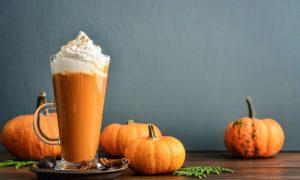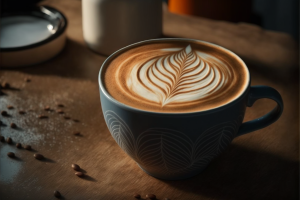
Unbeatable Guide to Good Latte Flavors: Popular and Unique Combinations
Coffee aficionado, barbecue guru, and certified grill master, my work at the Boat Basin Cafe in Downtown New York has shaped my palate and professional

Coffee aficionado, barbecue guru, and certified grill master, my work at the Boat Basin Cafe in Downtown New York has shaped my palate and professional

When it comes to coffee, there are many options to choose from. From a simple black coffee to a fancy latte, the world of coffee

If you’re a regular at your local coffee spot, you’ve probably heard these two drinks tossed around more times than you can count. But do